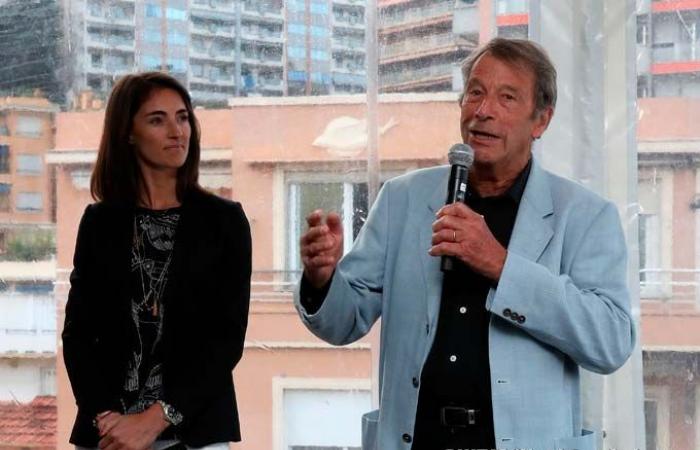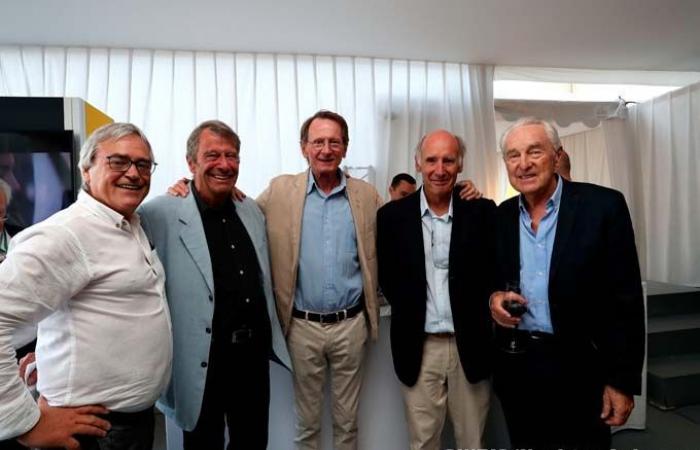Bernard Dudot, a name synonymous with Renault engines in Formula 1, hopes the French carmaker keeps the door open for a return to the category in the future.
When the Renault group recently announced that it was endorsing the abandonment of development of its 2026 factory engine for Alpine, it insisted that the new plans would involve the creation of a “F1 monitoring cell”.
The unit, which will be based in the renamed “Alpine Hypertech” factory in Viry-Châtillon, “will aim to maintain employees’ knowledge and skills in this sport.”
Renault CEO Luca de Meo explained: “There will be an F1 technology group to think about the next cycle of F1 engine regulations after 2030.”
Dudot, now aged 85, a central figure in Renault’s F1 engine from the 1970s until Fernando Alonso’s titles in the mid-2000s, regrets that the 2026 engine will never see the light of day.
“The current project was very promising,” he lamented in an interview with Auto Hebdo.
“The first projections show that he is extremely in the game. This is all very disappointing. The problem is that F1 in the hands of a large group like Renault is always an adventure whose outcome is very uncertain.”
The Frenchman, however, said Renault stalwarts like him have come to “expect” management to periodically remove the brand and then reinstate it in F1.
“We must expect shocks of this type which are episodic, which sometimes do not last, which reveal other things, which allow us to change direction or come back,” adds Dudot.
“People who work in F1 know it, but it remains a huge loss, because there is at Alpine, in Viry-Châtillon, potential, know-how, equipment solely dedicated to Formula 1 which are hardly exploitable for other projects and especially for brand projects because everything had been thought of, installed for F1 alone.”
“It is also a blow to French motorsport, but as we have already seen in the world of F1, there are unexpected twists and turns. Opportunities will present themselves again. Among the manufacturers, after having thrown the baby and bath water, it is not uncommon for them to want to set new goals.”
Dudot said it was good news that the “F1 monitoring cell” be put in place, apparently so that a return to F1 engine manufacturing could theoretically be triggered for the next regulatory cycle from 2030.
“I am pleased to see that a monitoring unit has been set up, because this is what will allow us to return in the best conditions the day when, for one reason or another, the President – Luca de Meo or another – will have changed his mind It will then be possible to get the machine back on track fairly quickly. De Meo has every interest in putting Viry in a position to be able to return as soon as possible.
Dudot warns, however, that de Meo must be very serious about the form the F1 monitoring cell will take.
“This monitoring unit must be able to do its work in the best possible conditions and that requires a minimum of human, technical and financial resources. Without these resources, it’s window dressing!”







